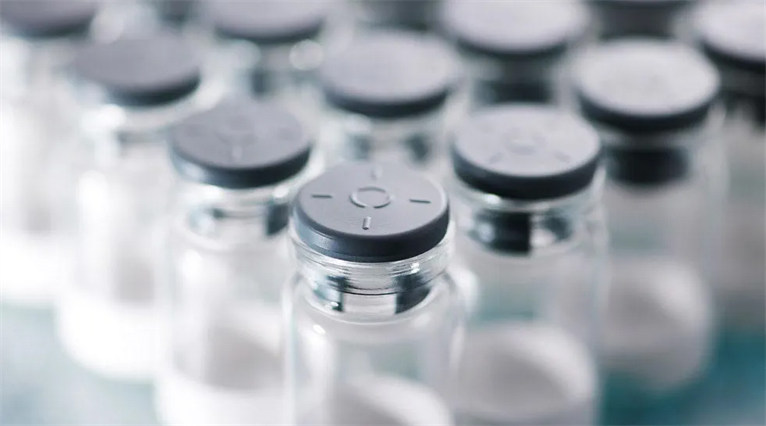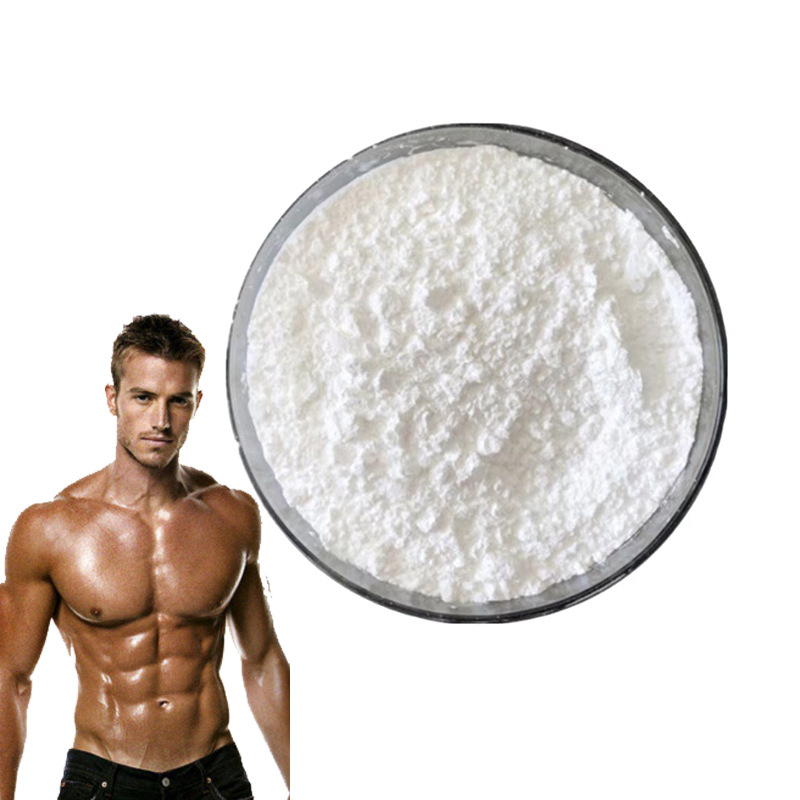Class of Compound:
Peptide
Mechanism of Action:
GHK-Cu is said to stimulate the synthesis and breakdown of collagen and glycosaminoglycans, as well as modulating the activity of metalloproteinases and their inhibitors. It is also believed to stimulate dermatan sulfate, chondroitin sulfate, and decorin, and acts to attract immune and endothelial cells to sites of injury.
Notable Studies:
· A synthetic tripeptide which increases survival of normal liver cells, and stimulates growth in hepatoma cells
· Regenerative and protective actions of the GHK-Cu peptide in the light of the new gene data
· GHK and DNA: resetting the human genome to health
What is GHK-Cu?
GHK-Cu is a human copper-binding peptide proven to confer a host of benefits related to healing, tissue regeneration, and skin, hair, and nail health.
GHK was first discovered in 1973 by the noted peptide researcher Dr. Loren Pickart. He found that aged liver cells, when inoculated with blood from young people, were able to begin regenerating .
Eventually, it was discovered that GHK was the cause of this spontaneous regeneration. This is also how researchers were able to discover that GHK declined during the aging process, since the aged cells were not able to begin regeneration until introduced to young blood cells.
Since this discovery, GHK-Cu has been widely used in topical anti-aging skincare products and hair regrowth formulations. It also shows strong potential in more therapeutic applications from pain reduction to nervous system function, although research is ongoing at this time.
Here is what researchers need to know about GHK-Cu.

What Does GHK-Cu Do?
GHK-Cu (glycyl-l-histidyl-l-lysine-copper) is a copper-binding human peptide found in cell plasma, saliva, and urine. It is also known as copper tri-peptide, and when not bound with copper it is referred to as GHK. Levels of GHK-Cu in the body naturally decline during aging.
GHK-Cu’s primary function is one of healing and antioxidative effects, and researchers attribute much of its beneficial effect to its ability to bind with copper ions. This allows it to play an important role in copper metabolism, and the essential mineral copper plays many key roles in human health .
However, GHK-Cu may also — unrelated to its copper-binding capacity — upregulate and downregulate a number of genes that play roles in skin repair, healing, and blood vessel and nerve growth.
GHK-Cu Benefits | Clinical Trials
GHK-Cu appears to have two main methods of action. It can upregulate and downregulate over 4,000 genes, and its copper binding properties also exert many positive effects .
Here are some of the potential and most promising benefits of GHK-Cu:
Tissue healing:
GHK-Cu was first discovered after researchers found that blood from younger volunteers could promote regeneration of aged and injured liver cells, so the compound has clear potential in tissue healing, injury recovery, and cell regeneration .
Preliminary animal and test-tube studies have noted that GHK-Cu liposomes promoted the proliferation of healthy cells, and increased the rate of scald wound healing in mice.
Researchers also found that GHK-Cu injections could help mice recover more quickly from anterior cruciate ligament (ACL) reconstruction surgery by promoting tissue remodeling and growth of the graft (where the new tissue meets the old tissue), which tends to be the “weakest link” in recovery from such operations.
Skin quality:
In addition to wound healing properties that can act on the skin, GHK-Cu may provide numerous other benefits for the skin — which is why it is a popular ingredient in anti-aging creams and other skin care products.
The peptide promotes collagen synthesis and breakdown, so in essence it may help the skin “recycle” old cells to replace them with healthier new ones.
In cosmetics and topical applications, GHK-Cu may help promote tightening of loose skin, skin elasticity and firmness, wrinkle reduction, and photoprotection (mitigation of sun damage). It may also help reduce the appearance of hyperpigmentation, or sun spots.
Antioxidant effects:
Many of GHK-Cu’s positive effects likely come from its antioxidant capacity. As an antioxidant, GHK-Cu can neutralize free radicals, which cause oxidative damage to the cells.
At a cellular level, this promotes more productive and healthy mitochondria, helping the cell to function more optimally, reducing systemic inflammation, and promoting healthy cell turnover.
Hair growth:
GHK-Cu may also promote the regrowth and restoration of hair follicles, contributing to hair regrowth and thickening. The peptide is an ingredient in some hair growth formulations.
One study investigating a complex of 5-aminolevulinic acid and GHK together found a dose-dependent response on hair count to this complex. The men taking the highest dose had the highest increases in hair count, while the men taking a placebo had the lowest increases in hair count.
This promising research shows that GHK-Cu may be effective for men experiencing male pattern baldness.
Anxiety:
GHK may also offer anxiolytic, or anxiety-reducing, benefits. In a rat study, researchers noted that GHK administration prior to a maze test resulted in a reduction in apparent anxiety in the mice.
Curiously, the strongest anxiolytic effect came from the smallest administered dose of 0.5 mcg/kg body weight, whereas larger doses had smaller effects on anxiety.















